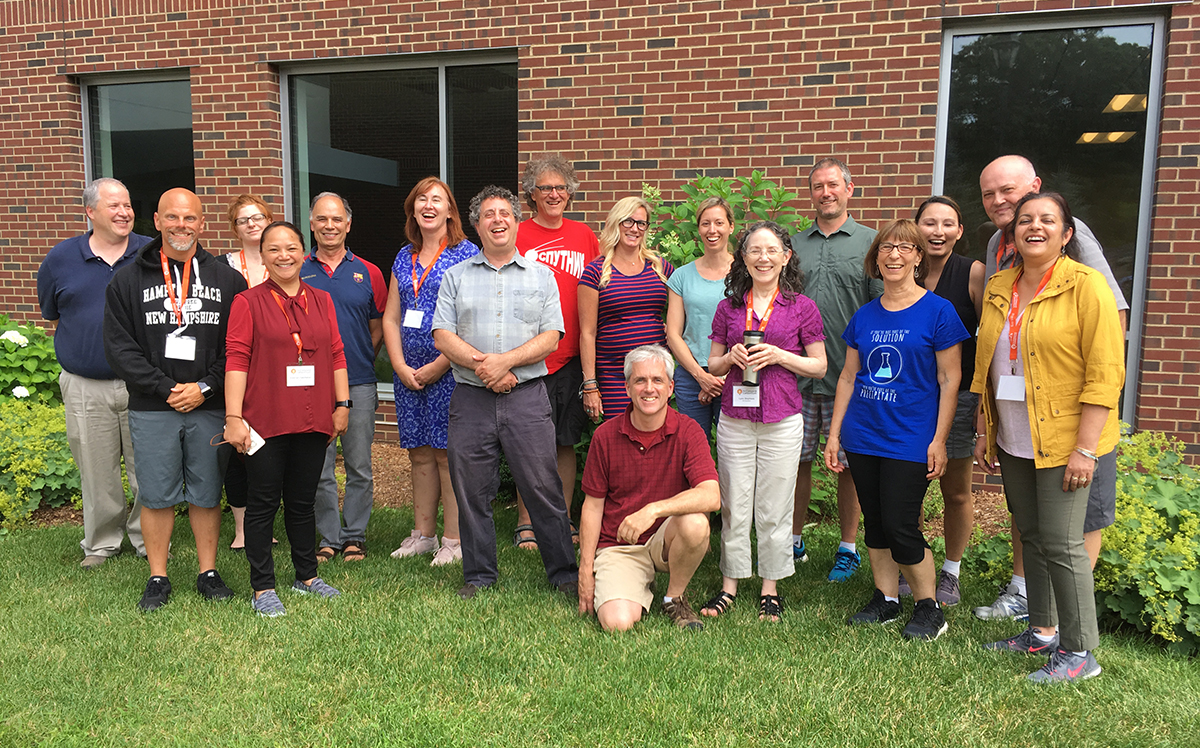
What do teachers do over the summer? Plan for the next school year, of course! Thirteen enthusiastic teachers from seven different school districts and four states (MA, ME, RI, and CA) spent four days conducting experiments in physics, chemistry, and biology, preparing to bring new technology, curriculum, and pedagogies back to their classrooms.
Biology and chemistry teachers worked in fully equipped college science laboratories, where they conducted diffusion, photosynthesis, density, specific heat, and gas laws experiments (Figure 1), while physics teachers spread out in large, flexible spaces in order to set up ramps and tracks to investigate acceleration and velocity. Asked about the favorite session, one teacher responded, “Loved just the opportunity to play in the labs!”
Endicott College in Beverly, Massachusetts, on the Atlantic Ocean was the site of this summer workshop. Teachers and staff stayed on campus in a horseshoe-shaped neighborhood of ten townhouses, though teachers admitted that dorm room mattresses were more comfortable when they were college students! The group included both veteran teachers and new participants in Concord Consortium’s InquirySpace research project, funded by the National Science Foundation.
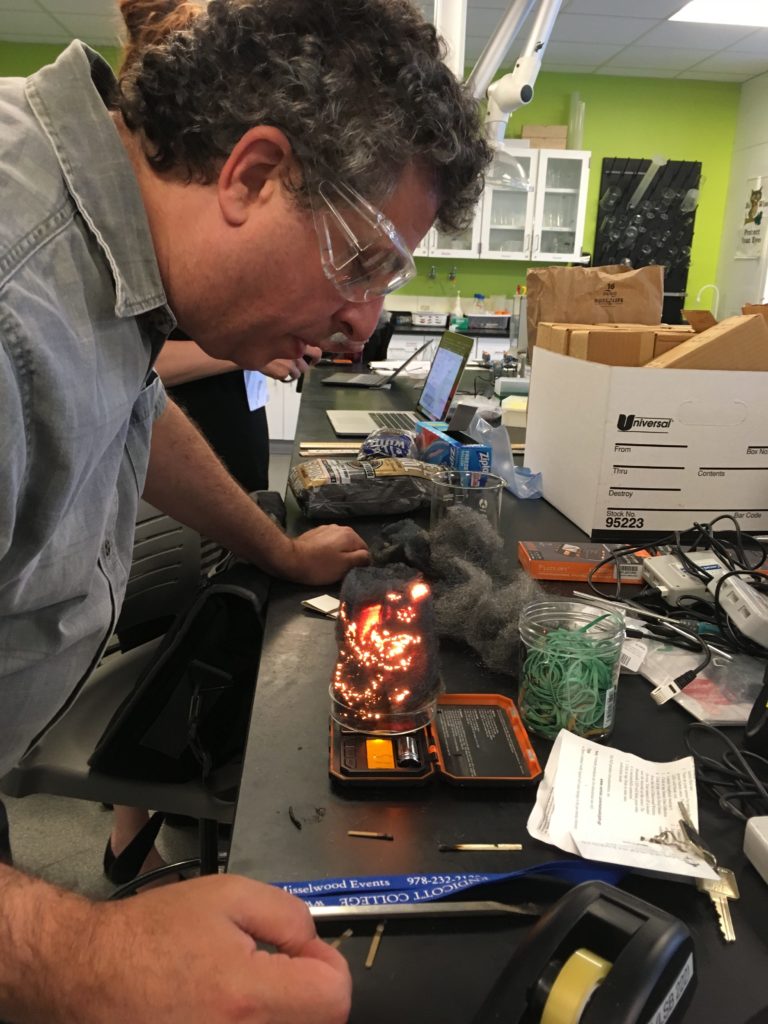
Figure 1. PI Dan Damelin exploring conservation of mass while also reminiscing about the good ole days in the chemistry classroom.
The goal of InquirySpace is to introduce independent experimentation into high school science courses — in other words, to have students learn science by doing science. In a span of four to six weeks across a semester, students are introduced to NGSS science practices, particularly Planning and Carrying Out Investigations, Analyzing and Interpreting Data, and Constructing Explanations and Designing Solutions. They use sensors — including CO2, pressure, temperature, and motion — to investigate phenomena and CODAP (Common Online Data Analysis Platform) to analyze and visualize data (Figures 2 and 3). Students ultimately design their own experiments to present to their class and document their experience in a screencast that helps them to synthesize what they have done as well as what they have discovered (Figure 4).
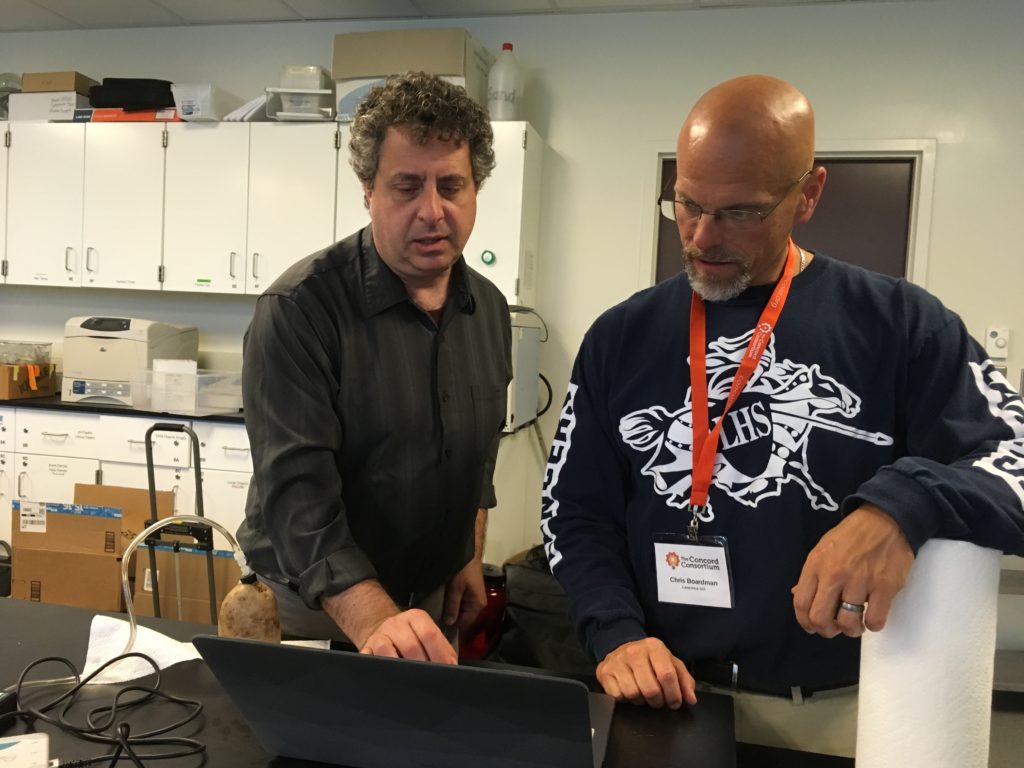
Figure 2. Chemistry teacher Chris Boardman analyzing data with CODAP.
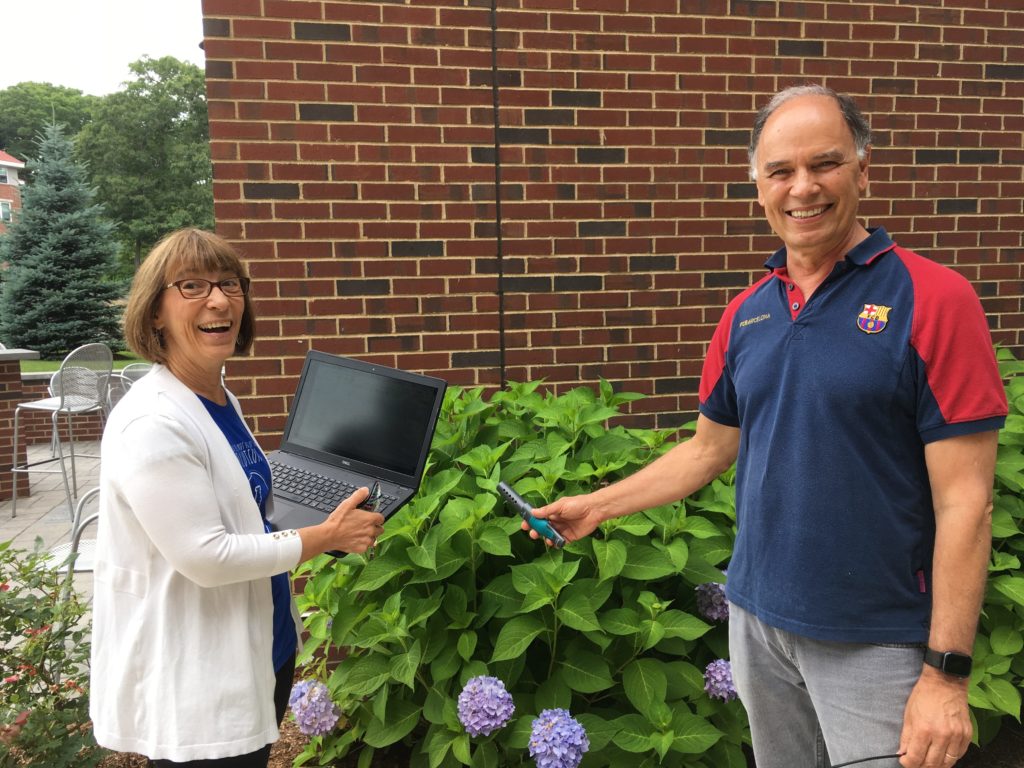
Figure 3. Biology teacher Janet Kasparian and Concord Consortium biology curriculum lead, Steve Roderick, using a CO2 wireless sensor to explore shifts in CO2 levels indoors, outdoors, and in the center of a hydrangea bush!
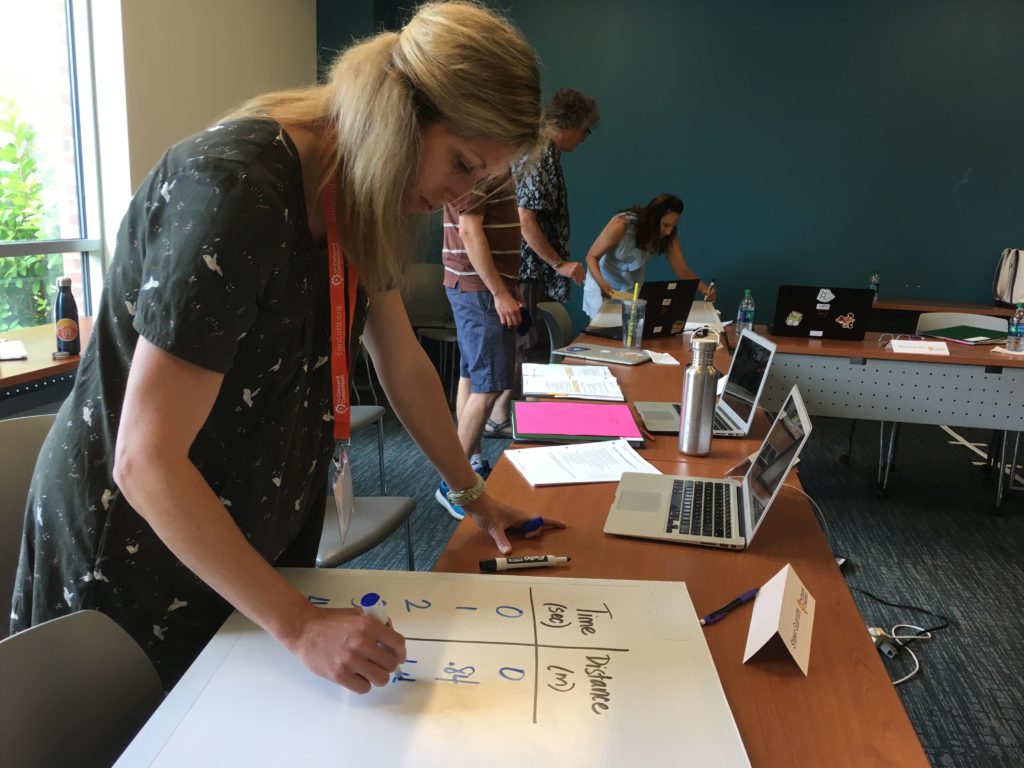
Figure 4. Amy deVries, a physics teacher, organizing data on her whiteboard in preparation for sharing findings.
From the beginning, the Inquiry Space curriculum development team has consulted with teachers to co-design the curriculum. Teachers are also learning and doing science and are involved at each stage of development, from designing and piloting potential investigations, to bringing draft units into classrooms, to revising drafts into finished products. The curriculum design team incorporates suggestions and feedback from practicing teachers who use the InquirySpace approach (Figures 5 and 6). Project researchers carefully analyze student responses to questions embedded in the online curriculum, performance outcomes, and classroom behaviors to ensure we are providing just enough scaffolding and prompts to get rigorous results from learners.

Figure 5. Chemistry and biology teacher Emerlyn Gatchalian testing what happens when chemical reactions are done in an open vs. closed system.
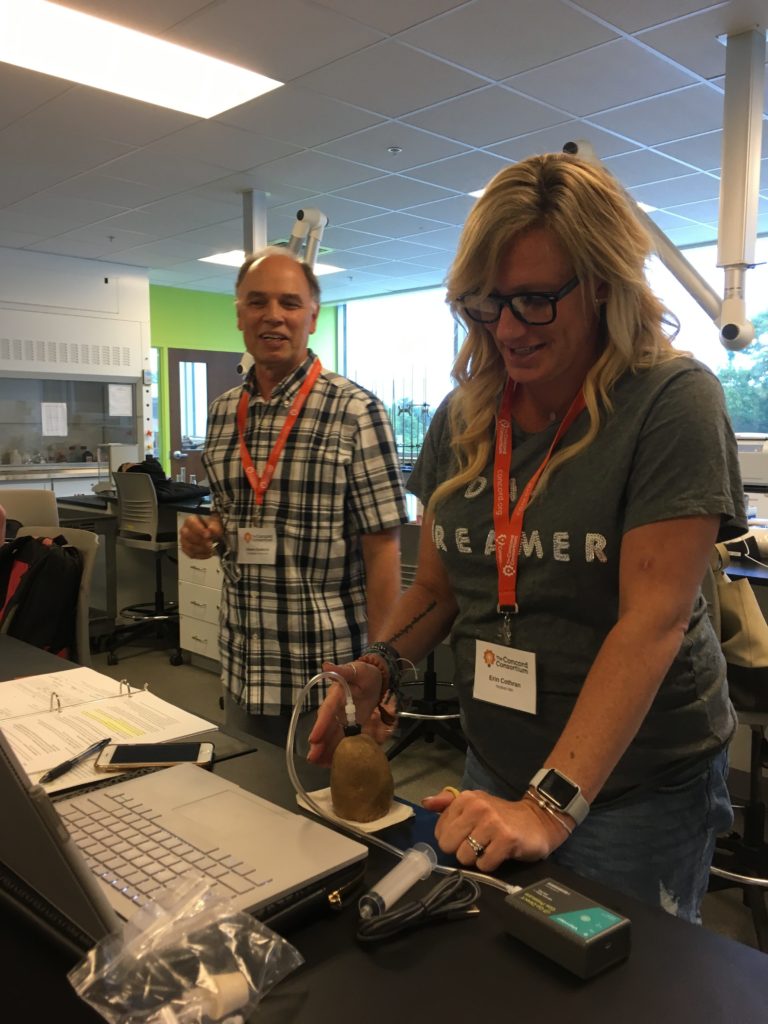
Figure 6. Chemistry teacher Erin Parker and Concord Consortium biology curriculum lead, Steve Roderick, using a wireless sensor to capture pressure data in CODAP.
Experienced physics teachers led the physics activities for their colleagues, using the near-final version of the curriculum (Figures 7 and 8). The biology curriculum was piloted last year and is still in development. The lead designer and participating biology teachers tried out the latest versions of those units to refine and troubleshoot together (Figure 9). And the chemistry teachers tested a variety of possible activities and together considered what might work best for draft activities to pilot in the fall with students.
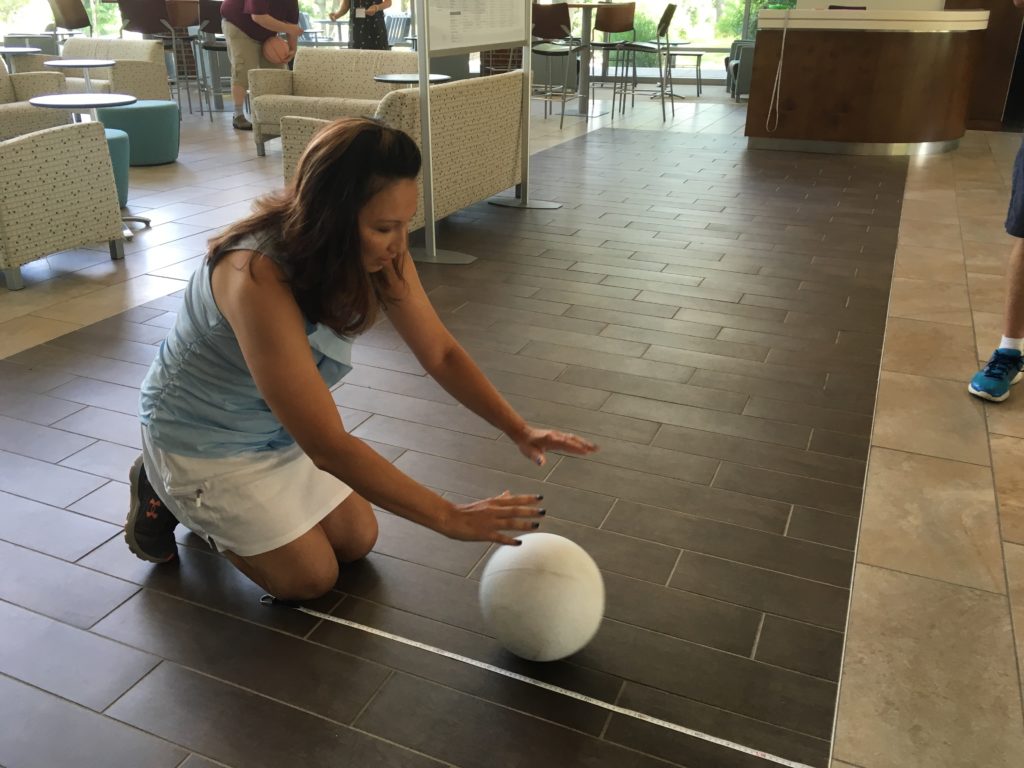 Figure 7. Special Education teacher Michelle Murtha participating with the physics group in a kickball challenge where knowledge of velocity is key to success.
Figure 7. Special Education teacher Michelle Murtha participating with the physics group in a kickball challenge where knowledge of velocity is key to success.
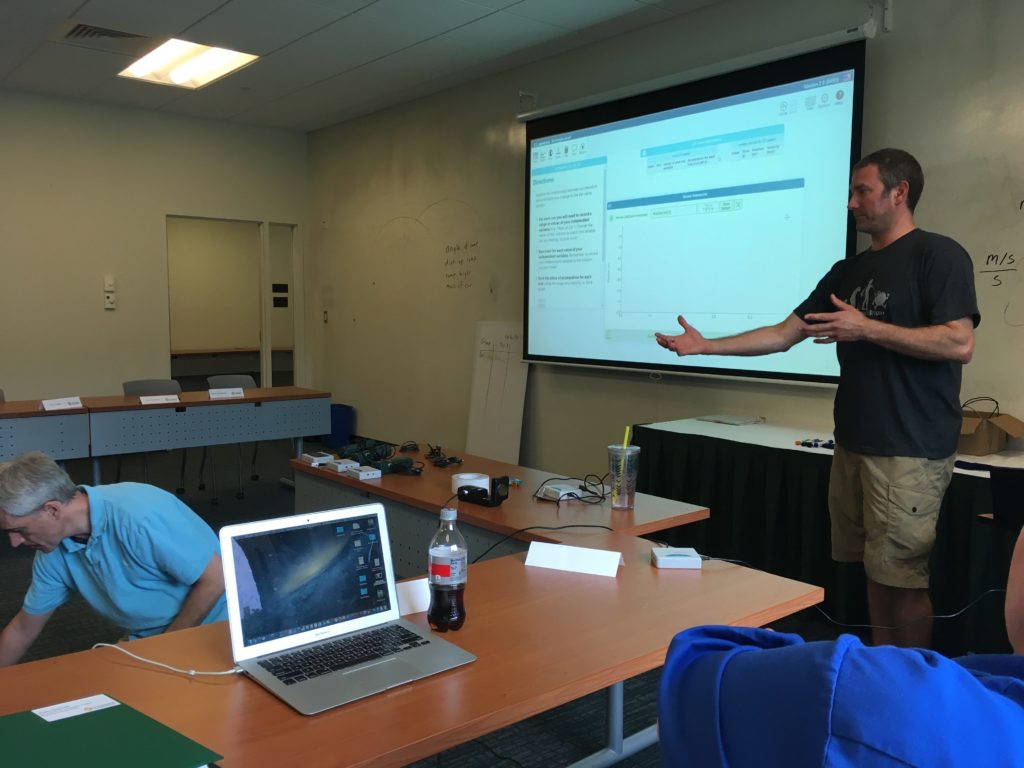 Figure 8. JP Arsenault models teaching a physics lesson.
Figure 8. JP Arsenault models teaching a physics lesson.
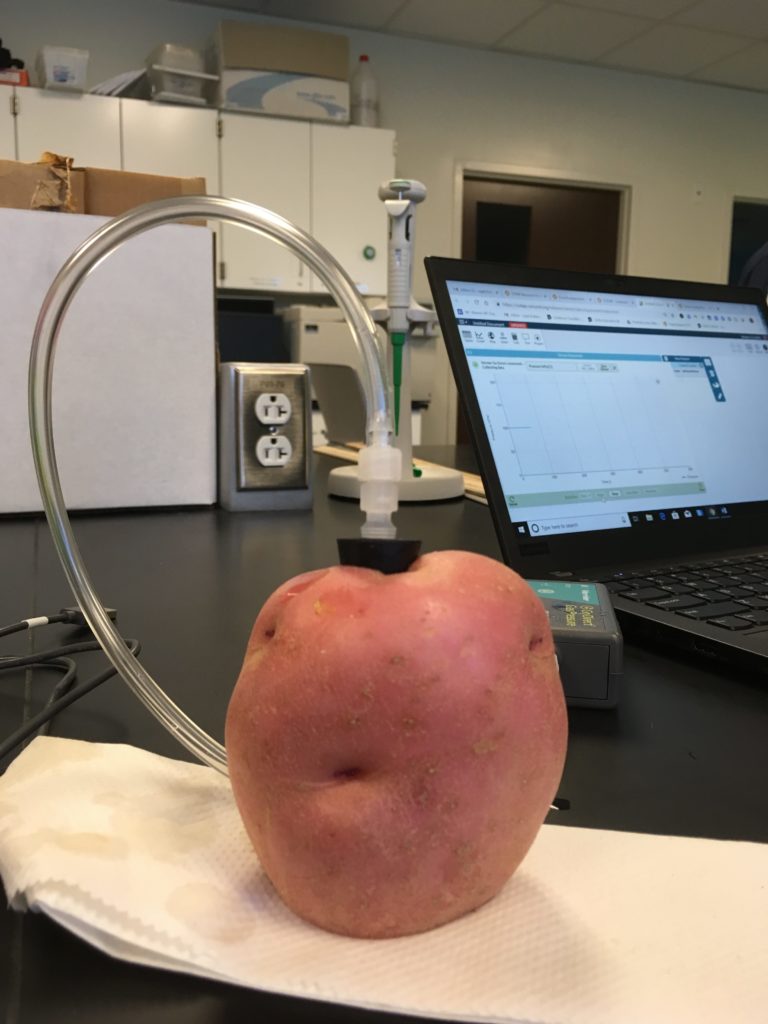 Figure 9. A pressure sensor connected to CODAP software registers pressure changes as water flows in or out of cells in a fresh potato.
Figure 9. A pressure sensor connected to CODAP software registers pressure changes as water flows in or out of cells in a fresh potato.
Overall, the workshop was a great success thanks to this amazing group of teachers. Many reported that they were most excited about learning to use CODAP with investigations, while others noted that the best part was the “great activities and great collaboration.” Everyone reported that they learned a lot! The delicious food and beautiful oceanside surroundings were a bonus.
One thought on “Science teachers get hands on with inquiry in summer workshop”
Comments are closed.
Love the article on the summer PD that I participated in